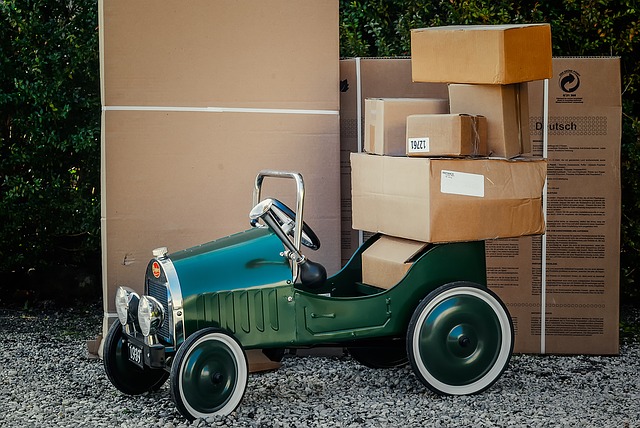When you’ve spent time and effort getting your product right, the packaging is the final step. When you place your product on a shelf or hang it on display, the package will serve as the silent spokesperson for the brand. Therefore, it must look excellent and function flawlessly.
Graphic design for packaging
Pack your product in a way that communicates the right message.
- Create a package tailored to your brand and your customers.
Make sure you consider who you’re selling to and what will be appealing and interesting to them. You should use graphics that relate to the contents of the packaging. Unlike high-tech electronics, baby products would have a completely different appearance.
- Use the right wording to sell and tell.
You should explain what your product is and why people will be interested in buying it in the packaging. Be as simple as possible. Make sure there is not too much text or too many graphics on the package. Getting someone’s attention only takes seconds. Use them wisely!
- Make sure to pick the right colors and fonts.
Packages should be visually appealing but not garish. Instead of fighting or conflating with the product, colors should complement and enhance it. Make sure that the typeface chosen works well with the product’s logo. Planning graphics that are versatile can help a product line to feature a wide range of products.
- Honesty is key.
You’ll lose customers if the label on the package doesn’t match what’s inside. Graphics should be appealing, of course, but you must also deliver the goods and match your buyers’ expectations.
- Assure that your design works overall
If you’re selling online, your packaging needs to photograph well as well as stand out on shelves. It may be printed in a newspaper ad or magazine ad. Your packaging needs to look sharp on computer screens and mobile devices, and you may use elements of the design on signage and promotional apparel. Make it multifunctional.
- Engineering of package design
In the end, the most beautiful package in the world won’t help much if it’s not functional.
- Make sure the package fits the product.
Think about shape, size, functionality, and the materials you’ll use. Ensure that it’s a durable, easy-to-open, and easy-to-carry bag. Adding handles or some other method of picking up a heavy product would be helpful. Customers will expect high-end packaging for high-end items.
- Choose a package that is easy to use.
Provide an easy-to-open mechanism. Before deciding how the package should be designed, think about the item’s intended use. Provide a spout on your package if your product pours. Make sure the item is resealable if it isn’t single-use.
- Think about the environment and be environmentally friendly.
Overpackaging turns off many consumers. You don’t need as many bags, boxes, and plastics as you think. Package the product in such a way that minimizes waste.
- Maintain and protect.
Food safety is a priority. To enhance safety and prevent tampering, the Food and Drug Administration regulates packaging. Packaging is essential to ensure the product stays fresh and travels well. You need to make sure that your packaging keeps your product intact while it is being shipped to stores and consumers.
- The product must be stackable and storable.
If your item is odd-shaped, your retailer might have trouble sticking it on a shelf or in a storeroom or warehouse. Design your product to fit in the storeroom.


